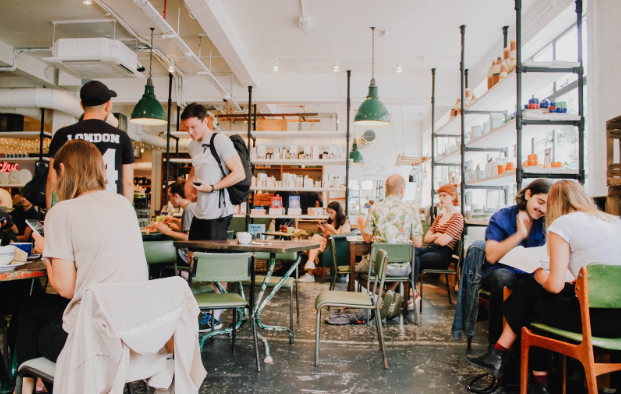COVID-19 has brought about a heightened awareness of investing in the local community. As people discover the ecological, financial and health benefits of working at home, there are new opportunities for businesses and investors to help support revitalised urban villages that are thriving in the new normal.

1. Unique Identity
An urban village is marked by its unique identity and community and is often well connected to the CBD. Offering its own atmosphere and sense of place, urban villages are identified by community landmarks, culture, schools and natural environment.
Unlike living in the city, an urban village provides its residents with a sense of belonging, providing shared spaces such as parks, golf courses and local farmers markets that offer social connectedness.
Local village hubs become known to the wider city for their cultural events, migrant communities or other cultural distinctives.
2. Defined Boundaries
In an urban village everything is on your doorstep, where residents can live sustainably and affordably, cutting back on the need to travel to the CBD for work, recreation and accessing quality healthcare.
Urban villages unlock the multiple benefits of living in shopping and playing within walking distance.
The area has defined boundaries and an identifiable centre. As the trend away from living in urban sprawl continues, more people are embracing living in an area where you can access a range of key services. The central hub generates social interaction, and there is a network of walkable routes and places where people naturally congregate.
3. Locally driven and locally responsive
People have grown to love their local area because they have lived and worked in it for the last two years and have rediscovered features of their local community that they may have overlooked pre-pandemic. As a consequence, more residents are becoming more actively involved in managing the life of their local village hub, using Facebook and Whatsapp to provide safe and inclusive ways for people to network and assist vulnerable people, with grocery collection, walking pets and offering emotional support. The pandemic has also brought about awareness of the need to value long-term residents who provide continuity and deep knowledge of the community’s needs.
4. Designed for Social Interaction
The pandemic has also shown us the need for connections with nature and others to improve health and wellbeing.
As humans, we long for meaningful relationships with those around us. A local village provides a tight-knit community, offering flexibility and cultivating a sense of belonging.
Urban villages where there is ample green space have been comforting places to be during the pandemic, as locals meet for walks, runs or for bike rides, helping to reduce anxiety and improve social connectedness.
5. Mixed Use Space
One of the defining features of an urban village is that it offers mixed-use space. The region integrates residential, commercial, cultural, institutional, and entertainment functionally into one space, providing pedestrian connections. During the pandemic, libraries,
Core services are available locally that help stitch the community together such as libraries,
COVID-19 has helped people reclaim public spaces that are near their homes which has helped urban urban renewal as residents embrace green space in their neighbourhoods which has been used for outdoor exercise, community events and everyday activities.
